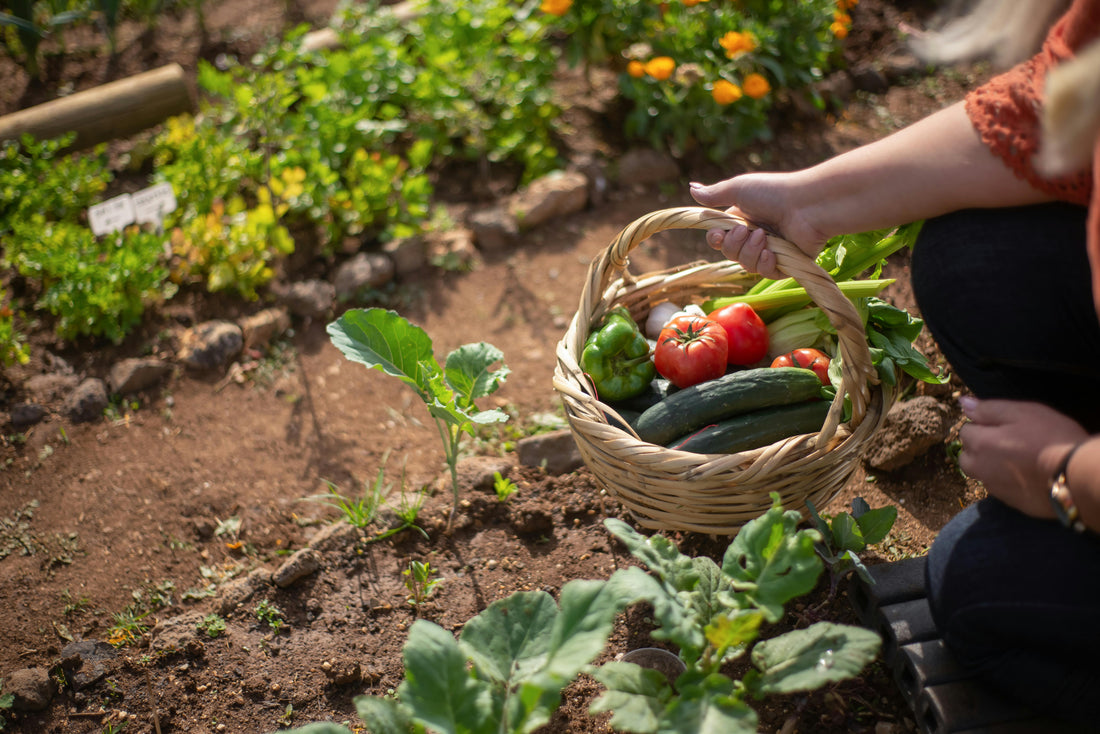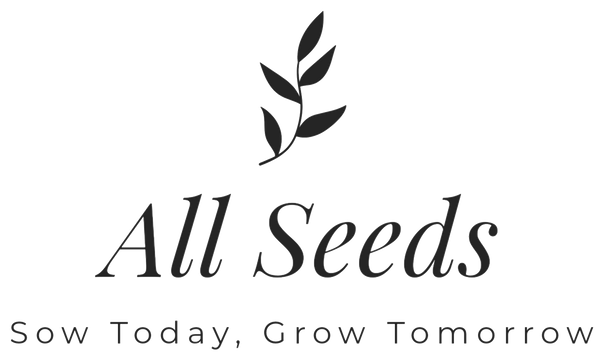
The Ultimate Guide to Growing Your Own Vegetables & Herbs
Growing your own food is one of the most rewarding and sustainable hobbies you can take up. Whether you have a large garden, a small balcony, or just a sunny windowsill, you can cultivate fresh, delicious vegetables and herbs at home. This guide covers everything you need to know—from choosing the right seeds to harvesting your first crop!
Why Grow Your Own Food?
🌍 Better for the Environment
Homegrown food eliminates the need for transport, reduces plastic waste, and promotes biodiversity in your garden.
🏡 Fresh, Chemical-Free Produce
Unlike supermarket vegetables, your homegrown crops will be free from artificial pesticides and preservatives.
💰 Save Money on Groceries
A single packet of seeds can produce months of fresh produce, making growing your own far more cost-effective than buying fresh herbs and vegetables regularly.
🍽️ Incredible Flavour & Variety
Homegrown vegetables and herbs taste better, and you can grow unique varieties that aren’t available in stores.
Getting Started – What You Need
Before sowing your first seeds, gather the essentials:
✅ Seeds: Choose high-quality seeds suited to your growing space. Browse vegetable and herb seeds >
✅ Containers or Raised Beds: Great for small spaces and improving soil conditions.
✅ Compost & Soil: Select nutrient-rich, well-draining compost.
✅ Watering Can or Hose: Essential for keeping your plants hydrated.
✅ Labels & Markers: To track what you’ve planted.
✅ Sunlight: Ensure your chosen growing area gets enough light.
💡 Tip: If you’re short on space, herbs, lettuce, and tomatoes grow well in containers!
Choosing the Right Vegetables & Herbs to Grow
Different plants have different needs—consider your climate, space, and experience level before choosing what to grow.
🥕 Best Vegetables for Beginners
- Lettuce – Quick-growing and perfect for continuous harvests.
- Carrots – Hardy and easy to sow directly outdoors.
- Peas – Low-maintenance and thrive in cooler months.
- Tomatoes – Ideal for containers and incredibly rewarding.
🌿 Easiest Herbs to Grow at Home
- Basil – Grows well indoors on a sunny windowsill.
- Parsley – Hardy and can be grown year-round.
- Chives – Perfect for containers and adds great flavour to dishes.
- Mint – Grows fast and thrives in pots (but can be invasive in the garden).

How to Start Seeds Indoors 🌱
Starting seeds indoors gives plants a strong head start before transplanting them outside.
Step-by-Step: Starting Seeds Indoors
1️⃣ Fill trays with seed compost – Use well-draining soil to support healthy germination.
2️⃣ Sow seeds at the right depth – Follow the seed packet instructions.
3️⃣ Keep soil moist – Mist lightly with water and cover with a propagator lid or plastic wrap.
4️⃣ Provide warmth – Most seeds germinate best at 18–25°C.
5️⃣ Ensure adequate light – Place near a sunny window or use grow lights if needed.
💡 Tip: Herbs and leafy greens can stay indoors permanently if they receive enough light.

Direct Sowing vs. Transplanting – What’s Best?
Some plants prefer direct sowing, while others benefit from starting indoors and transplanting later.
| Plant Type | Direct Sow? | Start Indoors? | Best Method |
|---|---|---|---|
| Lettuce | ✅ Yes | ✅ Yes | Either |
| Carrots | ✅ Yes | ❌ No | Direct Sow |
| Tomatoes | ❌ No | ✅ Yes | Start Indoors |
| Peas | ✅ Yes | ❌ No | Direct Sow |
| Basil | ❌ No | ✅ Yes | Start Indoors |
💡 Tip: For plants started indoors, harden them off by placing them outside for a few hours each day before transplanting.
Caring for Your Plants – Essential Tips
💧 Watering
- Keep soil moist but not waterlogged.
- Water in the morning to reduce evaporation.
- Use a soaker hose or watering can to avoid splashing leaves (prevents disease).
☀️ Sunlight & Temperature
- Most vegetables need 6–8 hours of direct sun per day.
- Herbs like mint and parsley can tolerate partial shade.
- If growing indoors, consider LED grow lights in darker months.
🌱 Feeding & Fertilising
- Use organic compost or liquid fertilisers for nutrient boosts.
- Tomatoes & peppers need extra potassium (use tomato feed).
- Leafy greens benefit from nitrogen-rich feed.
Common Problems & How to Fix Them
| Issue | Symptoms | Solution |
|---|---|---|
| Yellowing leaves | Overwatering or nutrient deficiency | Reduce watering & check soil pH |
| Leggy seedlings | Not enough light | Move to a sunnier spot or use grow lights |
| Slow germination | Cold temperatures or old seeds | Use a heat mat & check seed viability |
| Pests (aphids, slugs) | Holes in leaves, sticky residue | Use organic pest control (e.g., neem oil, netting) |
Harvesting & Storing Your Crops
🌱 Herbs
- Pick basil, parsley, and chives regularly to encourage more growth.
- Store fresh herbs in the fridge or freeze them in oil cubes.
🥕 Vegetables
- Carrots & beets can be left in the ground until needed.
- Tomatoes should be picked when fully red for best flavour.
- Store root crops in cool, dark places (e.g., a cellar).
Final Tips for Success
✅ Start small – Grow a few easy crops before expanding.
✅ Keep a gardening journal – Track sowing times & progress.
✅ Rotate crops each season – Prevents soil depletion & disease.
✅ Experiment & enjoy – Gardening is about learning & adapting!

Get Growing Today!
Growing your own vegetables and herbs is easier than you think—with the right guidance, you’ll be harvesting fresh food in no time.
👉 Looking for quality seeds? Browse our range!
